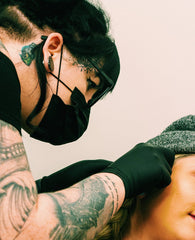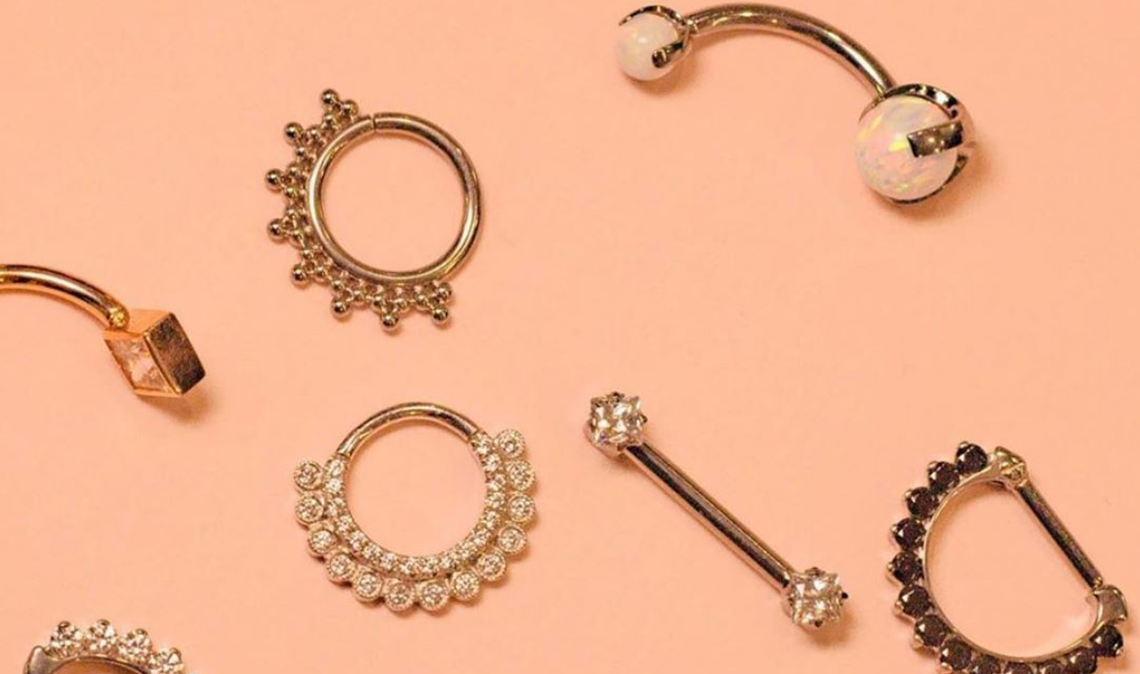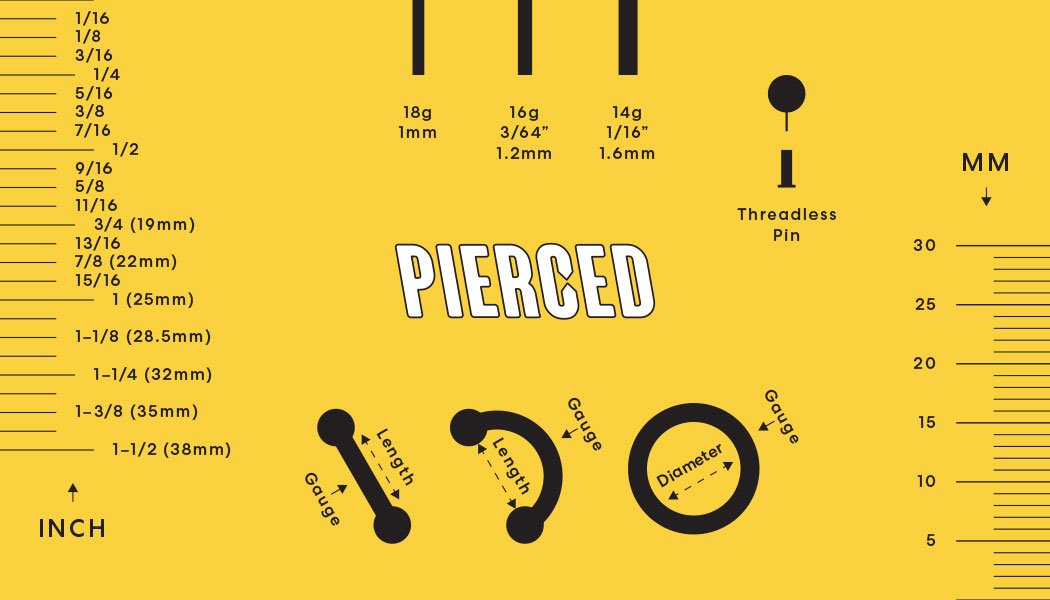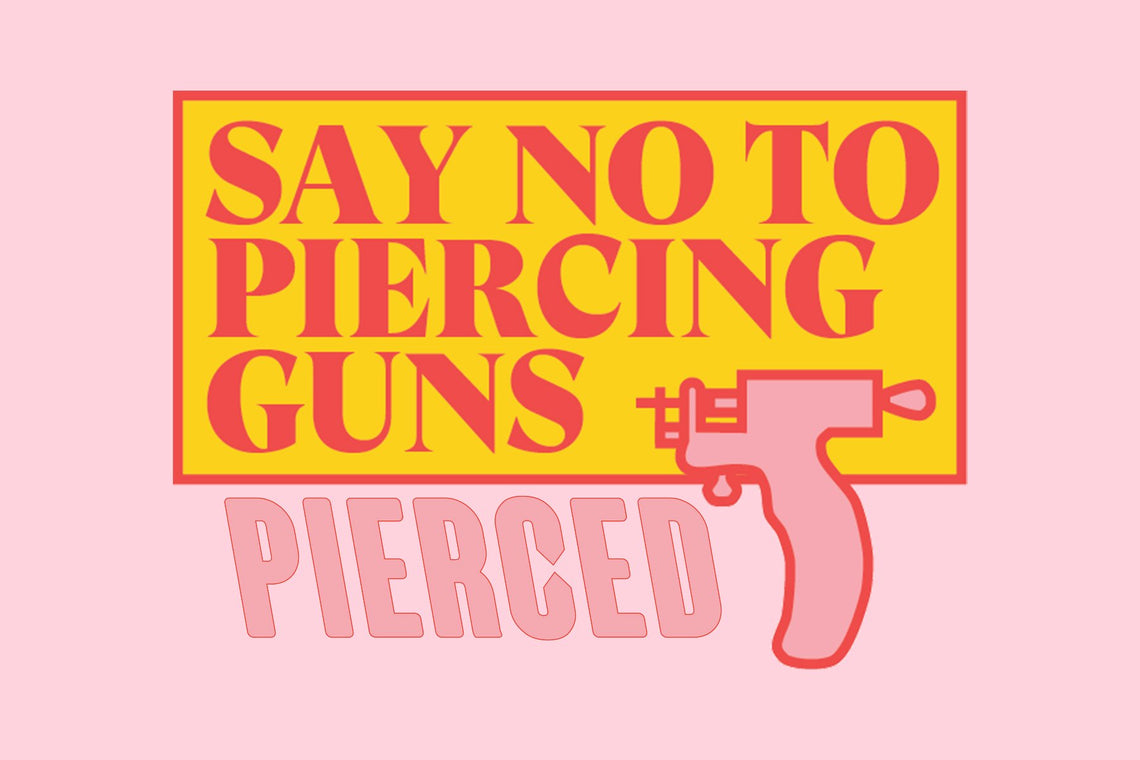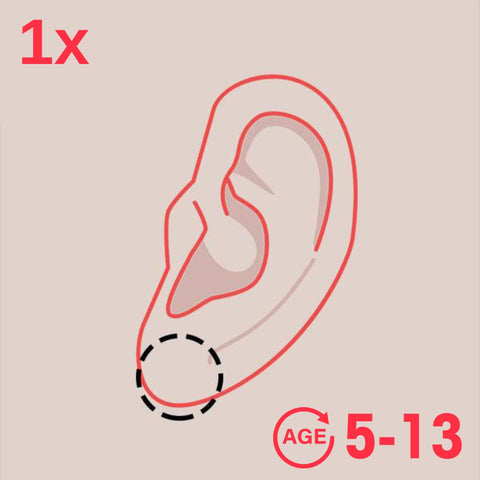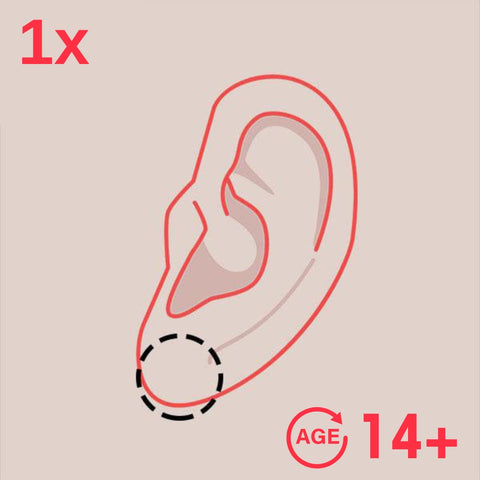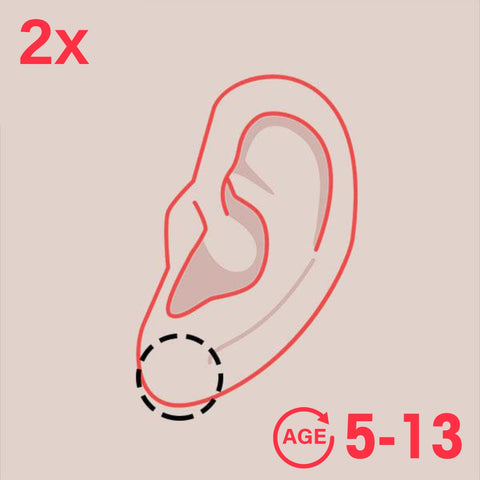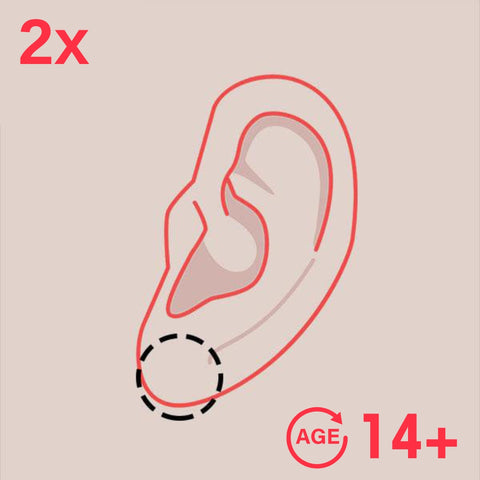Scarring isn’t usually the first thought (or even the second, or third or any number) that comes to mind when people consider getting a body piercing.
It’s not something that’s talked about often, but scarring is a possibility. When piercings are done by professionals such as those at Pierced.co the risk of scarring can be greatly minimized, but any time there is a physical wound to the skin there is always a possibility of scarring and scar tissue during healing.
Not all scars are the same, and keloid scarring can be an unfortunate result of piercings. Keloid scars are visible scars that can form during the healing process post-piercing. That’s the bad news. The good news is that if you suffer from piercing related keloid scars, they are treatable.
So if you’re looking for ways to get rid of keloids, read on. This guide can help.

What Are Keloid Scars?
Keloid scars appear as a raised scar on the skin. What makes them unique is that they don’t just cover the wound itself, they can spread beyond the initial area healing taking over a much larger area of skin. These types of scars are also generally unsightly and can take on bizarre shapes that make them stand out.
Keloid scars can also vary in colour, and may ball away from your skin. Once you develop this type of scarring the likelihood that it may grow over time is high if left untreated.
How Keloids Develop
Keloid scarring can show up toward the end of the healing process after the skin (and underlying tissue) has been damaged. They can also appear randomly, but those kinds of keloids are rare. These scars can appear as a result of both minimal and more intense damage.
Some of the common causes include:
- Body Piercings
- Burns
- Incisions from Surgeries
- Chickenpox/Shingles
- Acne
- Tattoo Removal
Damage is not limited to these causes listed here. Keloids can develop from any number of skin injuries. What happens is your body goes into overdrive while trying to repair your injured skin. It produces too much collagen, a protein that strengthens skin, in an effort to heal. This collagen not only heals the wound but piles up to form a keloid scar.

Where Are Keloids Likely To Develop?
Although keloids can develop anywhere on the body, some places are more likely to develop them before others. These locations include the:
- Chest
- Back
- Upper Arms
- Earlobes
- Shoulders
Keloids are not always determined by how much you care for your skin. There are a few different factors that play into your likeliness to develop keloid scars.
Symptoms of Keloids
There are a few hallmark characteristics common with most keloids including:
- Both appear and grow slowly over time, with some taking up to 3-12 months to appear, and weeks to months to grow larger.
- Usually present as a raised red, pink or even purple scar, with colour tending to darken over time to a shade darker than your original skin tone.
- Physically feel different in texture than the surrounding skin, with some feeling doughy or soft, and others hard or rubbery.
- Are often tender or cause pain or itching, with symptoms generally subsiding as they grow.

How to Prevent Keloids
The first thing you should understand about preventing keloids is that some conditions are out of your control. Not everyone will suffer from keloids, but your genetics do play a role in their development. If you have parents that tend to develop keloids while healing, you may suffer from the same fate.
Your age will also play a role in how likely you are to develop keloids. People between the ages of 10 and 30 are more likely to develop these kinds of scars. After the age of 30, the likelihood drops.
So, it’s not all great news. Don’t worry though, there are some steps you can take in order to reduce your odds of developing keloid scarring. The following steps should help when trying to prevent keloids.
- Bandage the wound
- Wash it every day
- Make sure and remove the bandage on a daily basis and wash the wound. After cleaning the injury, apply new bandages. Clean bandages are key to healing.
Extended care
Once the injury is visibly healed you will want to use a silicone gel bandage or a self-drying gel. Keloid scarring can take a few months to develop. You will want to keep applying silicone gel bandages or self-drying silicone gel for a few months.
How to Treat Keloids
Before you try to treat your keloid scars at home it is best to talk with a dermatologist. They will be able to help you decide what kind of treatment will work for you. The form of treatment depends on how old the keloids are, the location of the scar, and the size and shape of the scarring. The following treatment methods have been used on keloids and keloid scars.
- Cryotherapy (freezing the scar)
- Oil Treatments (will not eliminate, but should soften the scar)
- Corticosteroids (medications used alongside other treatments)
- Medical Injections
- Radiation Treatments
- Surgical Procedures
There is no one treatment that works when it comes to removing keloids. Most treatments will help reduce the appearance of scars. Keep in mind there are no guarantees treatments will fully remove the keloids. You may have to try a few different methods before finding the one that will work best for you.
Risks with Keloids
There are a few risks that come along with keloids. Although they look painful, those suffering from keloids usually don’t experience pain. Some individuals complain of itching or limited mobility, but not usually anything past discomfort. There is one risk to be wary of, infection.
If you find a keloid has become very tender it may be infected. There will usually be some inflammation or the skin will be warm to the touch. If this happens it’s a good idea to see a doctor. Some keloid infections can develop into pockets of pus. This infection might not be treatable with simple antibiotics. To avoid serious health complications, seek medical attention if you think your keloid is infected.
Our Favourite Piercing Aftercare Products
Piercing Studios Near You
Mississauga
Square One Shopping Centre
100 City Centre Drive, Mississauga,
ON L5B 2C9
Phone
+1 (905) 232 -7226
Need an Experienced Piercer in Mississauga?
Working with an experienced piercer can make all the difference when it comes to your piercing experience. If you’re in the Mississauga, Ontario area and have any questions about ear piercing, body piercing or jewelry, give us a call or stop by our piercings studio today. We’d love to help walk you through what to expect and help you choose the right option.


